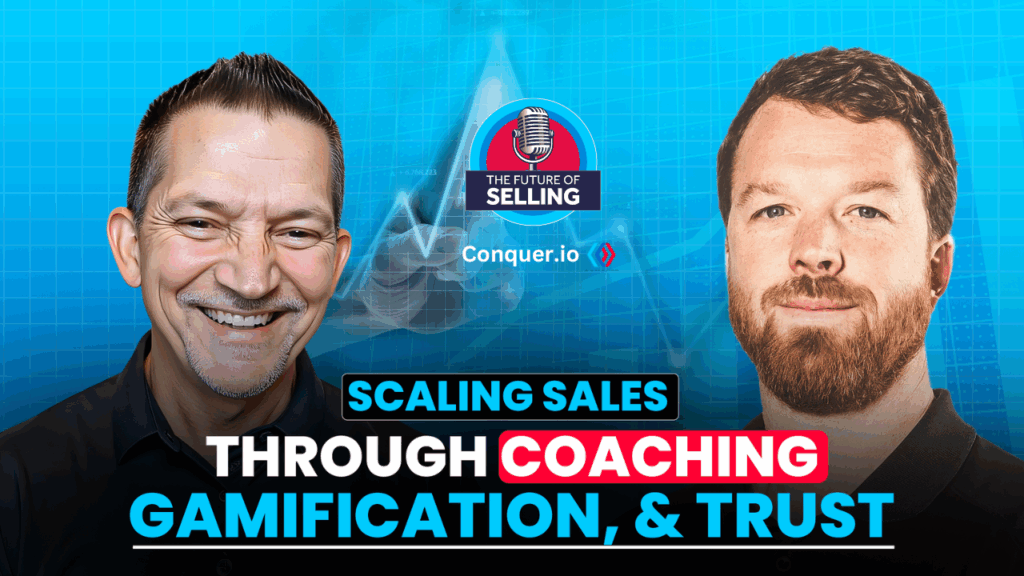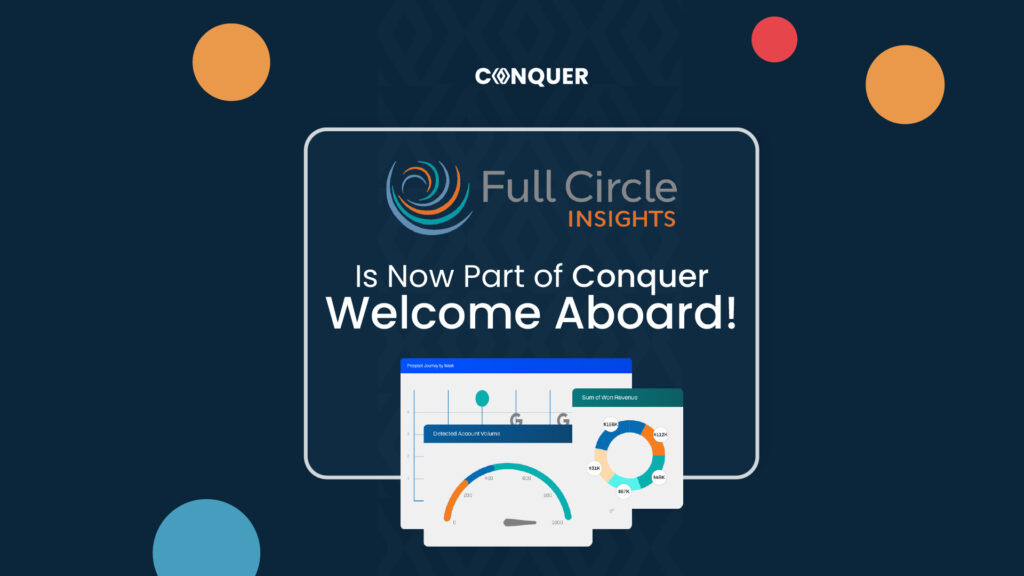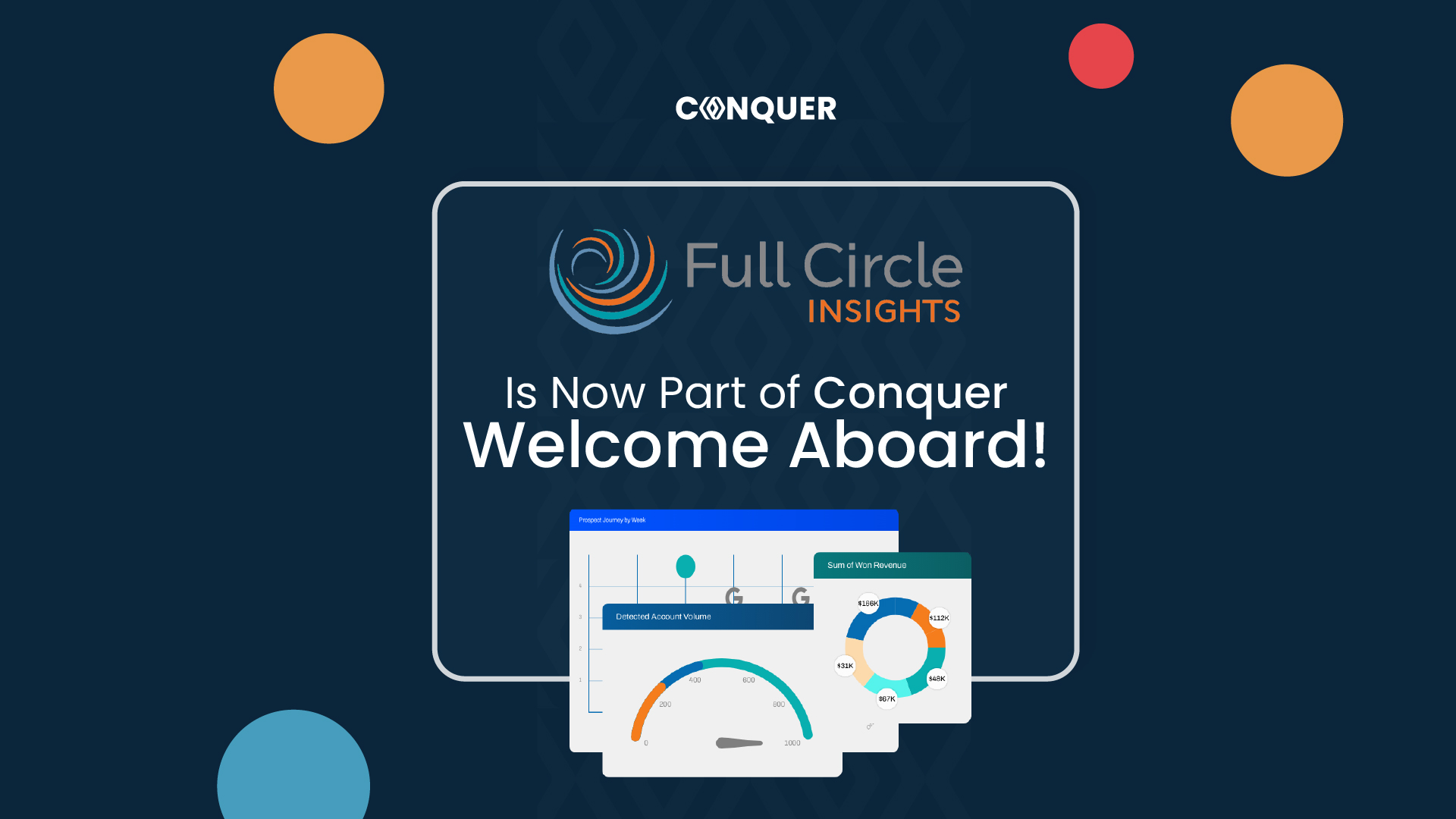As experienced sales leaders know, enterprise outbound sales is complex. But with the right strategy and tracking methods in place, it is highly effective. This guide will discuss the best outbound sales strategies and how to track performance to ensure your sales team’s outbound is successful.
In 2023, outbound sales face a range of challenges that make it increasingly difficult for sales teams to reach and engage with potential customers. Though the amount of buying interactions before a deal closes has persistently increased by small amounts over time (such as 16 to 17 between 2017 and 2019), the pandemic caused this to dramatically skyrocket from 17 to 27 interactions, with that number only increasing.
Additionally, buyer expectations have shifted in recent years, forcing sales teams to adapt to new ways of selling to keep pace; for example, Salesforce reports that 44% of B2B buyers will not do business with a company if they are unable to use their preferred channels. To succeed in outbound sales in 2023, sales teams need to be creative, persistent, and adaptable, leveraging new channels and technologies to reach potential customers and differentiate themselves from the competition.

Five Ways to Improve Your Outbound Sales Strategy
1. Define Your Target Market & Create Segments
The first step in any successful sales strategy is to define your target market. This means identifying the type of customers that are most likely to benefit from your product or service. This can be done by looking at your current customer base and analyzing their demographics, interests, and pain points. Once you have a clear understanding of your target market, you can create a targeted outreach strategy that is more likely to resonate with them.
When defining your target market, it is crucial to have buy-in from across the company, including senior leadership, sales, and marketing. This alignment, particularly between sales and marketing, is necessary for success and to minimize significant changes in strategy throughout the year. Businesses with closely aligned sales and marketing teams benefit from a 27% faster revenue growth and a 15% profit increase compared to companies whose teams are not coordinated. Interdepartmental alignment is especially important for enterprise sales, as those sales cycles are lengthy and could take a year or longer to prove success.
Creating segments among your target market is a useful way to refine your messaging to increase engagement and demonstrate relevant value to your prospects, ultimately leading to better revenue outcomes. While there are standard company demographics to start with when segmenting your target audience (such as company size, revenue, and industry), the key to effective segmentation is to base it on your unique value proposition, which often isn’t a filter in a database.
This could be a factor such as a prerequisite software requirement to use a product or service, or other criteria like the size of specific business units in a company or location. Proper segmentation is key to honing your messaging and ensuring the correct value propositions reach the correct audience.
2. Lead with Value
Your value proposition is the reason why a customer should choose your product or service over the competition. It should clearly articulate the unique benefits that your product or service offers and the problems it solves. Your sales team should be able to articulate your value proposition in a concise and compelling way to potential customers.
Create processes around messaging by mapping buyer personas to your product or service’s key value propositions. This will give your team a point of reference for delivering the right message to the right person. Different personas will care about different results as it relates to your solution. According to Marketing Insider Group, 93% of companies that exceed their revenue goals use buyer personas to segment their database. By developing your buyer personas, your team will better understand the needs of each key persona and how you can best communicate value to meet those needs and solve their pain.
3. Align with Marketing to Create an Omnichannel Approach
There are many different channels that can be used to reach potential customers, and buyer expectations are evolving rapidly. To succeed in today’s B2B landscape, it is critical to have an omnichannel sales strategy that is aligned with marketing. Up to 85% of digital customers begin the buying journey on one channel and finish it using another, highlighting the need to meet these buyers where they want to communicate. The better you can cater to your buyers’ preferences, the more likely it is that they will respond positively to your sales outbound sequences.
An average of 8 touchpoints are required just to get a response, let alone move a prospect into an opportunity. Creating sales cadences that use multiple channels with many touches is key to effectively reaching prospects, even more so if you’ve segmented your database by personas and can cater the content to those specific roles.

4. Leverage Engagement and Intent Data
As the next generation of buyers moves into decision-making roles, all indicators are that leads are becoming less relevant, so sales teams need to rely on buying signals. People are waiting until later in the buyer journey to engage directly, so you need to align your team to this change in behavior by properly capitalizing on buying signals when they surface.
The first step in implementing this methodology is to track companies that fit your ICP or target account list through the various stages of awareness as they move from unaware to aware and engaged; at this time, target personas should be activated and pursued. The alignment between sales and marketing teams is an important factor here, as marketing nurtures key accounts to advance them from aware to engaged.
Speed is crucial when using buying signals to capitalize on that intent before the stakeholders make any purchasing decisions. Implementing the right technology can help with this greatly. Tools such as Bombora aggregate B2B intent data and surface it for revenue teams when interest is surging for key accounts. ABM platforms like RollWorks, DemandBase, or 6sense are also useful for capturing actionable signal data, increasing win rates up to 4x and doubling deal sizes.
5. Perfect Your Sales Script and Personalize Outreach
A sales script is a framework that outlines the key points your sales team should cover during a sales call. It should include an introduction, a summary of your value proposition, and a call to action. In addition to phone calls, your sales team should leverage email, social media, and direct mail. The key is to find the channels that are most effective for your target market and develop a strategy to reach them on those channels. It’s additionally important to ensure your sales team is not robotic in their delivery. Encourage them to be conversational and engage in a dialogue with the potential customer.
While a sales script is useful both to ensure that your sales team has their bases covered, as well as for bringing newcomers up to speed quickly, the next step is to be sure that your outreach is personalized. General messaging is no longer sufficient in today’s digital world because there is too much noise crowding everyone’s inboxes, so it is necessary to be authentic and personal in your approach to create a meaningful connection. The results speak for themselves: personalizing subject lines and body content in emails increases response rates by 30.5% and 32.7%, respectively.
This can take a few different forms, such as referencing a recent news article about the prospect’s company, mentioning a mutual connection on LinkedIn, or noticing a recent promotion. This is where you can leverage the information you have about your target market and key personas to dig deep into their pain points and how you can address their unique needs.

How to Measure & Improve Your Outbound Sales Performance
Once you’ve mastered your outbound sales strategy, you’ll need to know how to best measure success and improve performance.
A CRM is essential for tracking performance because it allows you to see how many leads your sales team has contacted, how many have converted to opportunities, and how many have closed. It also provides insights into the most effective channels and messaging, so you can refine your strategy over time. It’s important to note that messaging and channels are not “one size fits all” and should be changed to best suit the persona and channel being targeted. For example, including buzzwords or certain topics such as resources or infographics results in email subject lines and bodies result in above-average response rates, whereas opening a cold call with “How have you been?” can increase your success rate by 660%.
In order to track performance, it’s important to set goals and key performance indicators (KPIs) for your sales team. These should be specific, measurable, and tied to the company’s overall revenue goals. For example, you may set a goal for your team to generate a certain number of opportunities per week or to close a certain percentage of deals. Here is a short list of important KPIs that should be tracked to measure the performance of your team:
– Monthly Sales Growth: The value, including associated costs, of closed-won sales over a monthly period. In addition to tracking the value of your team’s wins, sales leaders use this metric to create forecasts and develop strategies.
– Sales Opportunities: The estimated value of a lead given the probability of closing the sale. This metric is useful for measuring the potential of greater or lower sales in a given time, as well as for identifying which leads are worth pursuing.
– Sales Per Rep: This metric measures performance within your sales team by comparing individual sales of a rep versus total sales made by the entire team. Sales leaders use this to improve both individual and team performance, often with sales leaderboards to inspire competition and allow for visibility across the team.

Sales is a constantly evolving field, and it’s important to provide ongoing training and coaching to your sales team. This can include role-playing exercises, one-on-one coaching sessions, and team training on new sales techniques and strategies. By investing in your sales team, you can ensure they are equipped with the knowledge and skills they need to be successful. Sales engagement platforms such as Conquer can be leveraged to improve the onboarding experience for new reps and reduce ramp-up training time through sales cadences and guided selling tactics. These tools help take the guesswork out of the rep’s day by highlighting and prioritizing for them who they should reach out to, with what message, and via which channel.
Finally, it’s important to regularly analyze performance data and adjust your strategy as needed. Use the insights from your CRM system and other performance metrics to identify areas of opportunity and refine your outreach strategy. By constantly iterating and improving, you can ensure your outbound sales strategy is effective. Comprehensive reporting on all sales metrics and communications is vital for iteration. Native solutions like Conquer, which automatically log all activities directly into the CRM, help with this significantly by ensuring that no data leaks outside of the CRM, giving sales leaders the confidence to make decisions based on a single source of truth that they know to be accurate. Additionally, AI-driven suggestions help further by providing a data-driven starting point for refining your sales strategy.
Enterprise outbound sales have changed significantly in recent years, and it’s important to adapt to the changes in the market or risk being left behind. At Conquer, we deliver a consistent selling process based on data to allow your sales team to provide the information, insight, and actions that customers need, when they need it. We help make your sellers smarter and enable them to close deals, regardless of their experience or the depth of their relationship with potential customers, giving them more time to sell and to drive revenue with both new and existing customers.
Experience the Conquer difference and empower your sales team to achieve better sales outcomes. Book a demo today!








